- About MAA
- Membership
- MAA Publications
- Periodicals
- Blogs
- MAA Book Series
- MAA Press (an imprint of the AMS)
- MAA Notes
- MAA Reviews
- Mathematical Communication
- Information for Libraries
- Author Resources
- Advertise with MAA
- Meetings
- Competitions
- Programs
- Communities
- MAA Sections
- SIGMAA
- MAA Connect
- Students
- MAA Awards
- Awards Booklets
- Writing Awards
- Teaching Awards
- Service Awards
- Research Awards
- Lecture Awards
- Putnam Competition Individual and Team Winners
- D. E. Shaw Group AMC 8 Awards & Certificates
- Maryam Mirzakhani AMC 10 A Awards & Certificates
- Two Sigma AMC 10 B Awards & Certificates
- Jane Street AMC 12 A Awards & Certificates
- Akamai AMC 12 B Awards & Certificates
- High School Teachers
- News
You are here
Who's That Mathematician? Paul R. Halmos Collection - Page 28
For more information about Paul R. Halmos (1916-2006) and about the Paul R. Halmos Photograph Collection, please see the introduction to this article on page 1. A new page featuring six photographs will be posted at the start of each week during 2012.
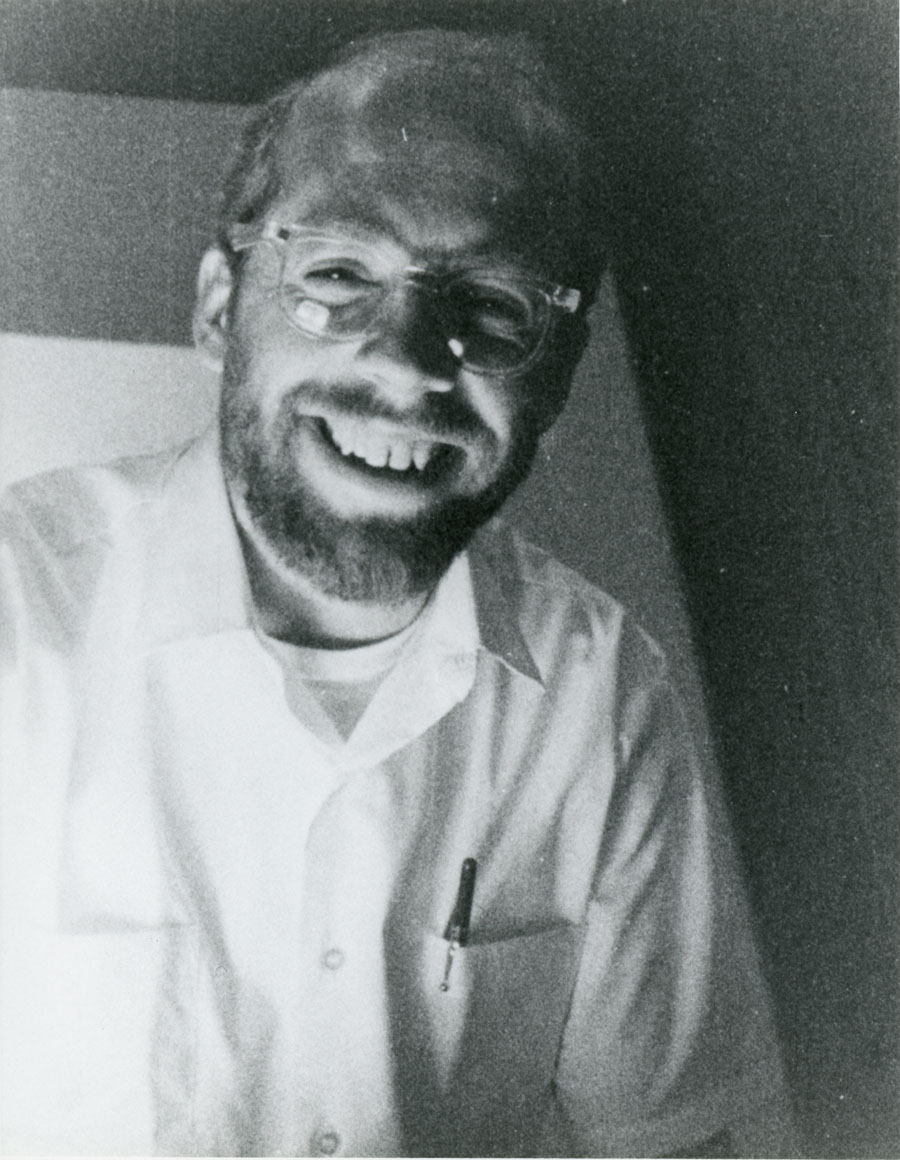
Halmos photographed Robion Kirby in 1969. As an undergraduate at the University of Chicago, Kirby was particularly inspired by a general topology course he took with Halmos in 1958, and he went on to earn his Ph.D. in topology from Chicago in 1965. While still in graduate school, he had worked on the "annulus conjecture" and he continued to do so after accepting his first academic post at the University of California, Los Angeles, in 1965. It was at the Institute for Advanced Study in Princeton, New Jersey, during the fall term of 1968 that he and L. C. Siebenmann completed the proof of the annulus theorem and settled three other conjectures on triangulations and on the topological invariance of Whitehead torsion. These three conjectures were from John Milnor's list of seven of the most important problems in geometric topology. It was this list of open problems that inspired Kirby to create, in 1976, his own list of open problems in low-dimensional topology. In 1971, Kirby received the AMS Veblen Prize in Geometry for his work on the annulus conjecture and he moved from UCLA to the University of California, Berkeley. At Berkeley, he has continued his research on the topology of manifolds and advised 50 Ph.D. students, the most recent one in June of 2011. (He also advised three Ph.D. students at UCLA.) Rob Kirby is now Professor Emeritus at UC Berkeley. (Sources: MacTutor Archive, IAS, Mathematics Genealogy Project, UC Berkeley Mathematics)
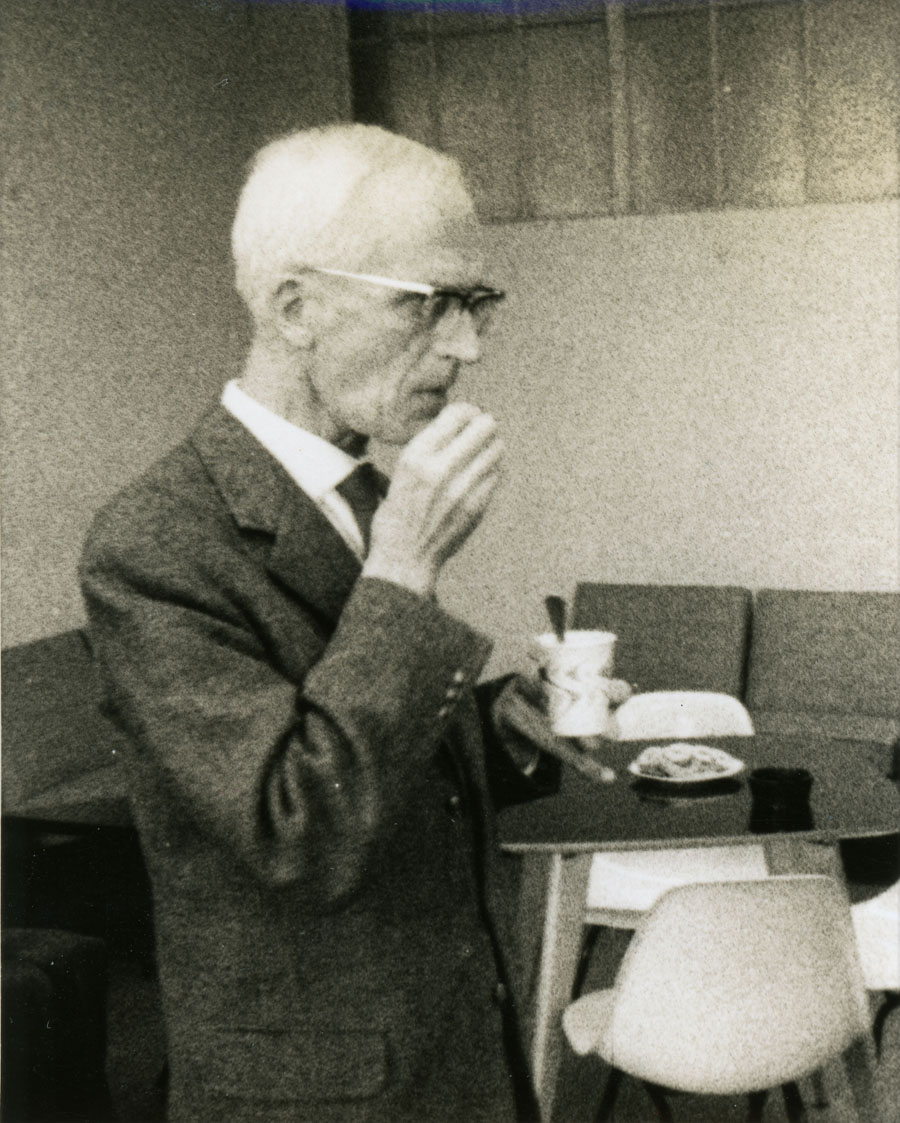
Hellmuth Kneser (1898-1973) was photographed by Halmos in December of 1961. Son of mathematician Adolf Kneser, Hellmuth Kneser was born in Dorpat, Russia (now Tartu, Estonia) but grew up mainly in the German cities of Berlin and Breslau (now Wroclaw, Poland). He earned his Ph.D. in 1921 from the University of Göttingen with a dissertation on the mathematics of quantum mechanics written under advisor David Hilbert. He taught for a few years at Göttingen, where he had one Ph.D. student, Reinhold Baer (pictured on page 3 of this collection). In 1925 Kneser moved to the University of Greifswald, and in 1937 to the University of Tübingen, where he spent the rest of his career. He intentionally worked in a variety of areas of mathematics, including topology, number theory, group theory, complex analysis, non-Euclidean geometry, differential geometry, and applications of game theory to economics and sociology. (Source: MacTutor Archive)
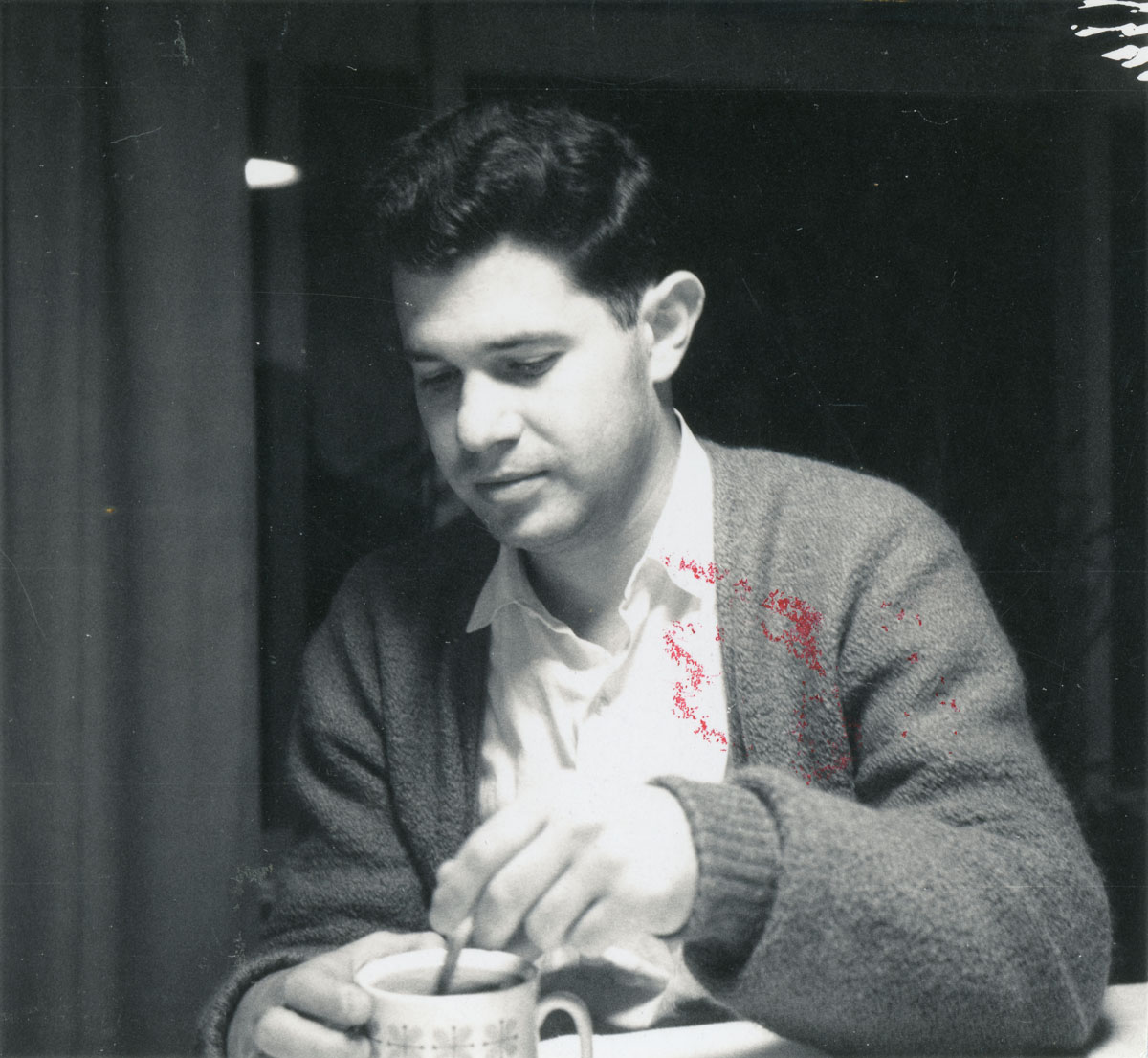
Halmos photographed Simon Kochen on September 2, 1965, at the Joint Summer Meetings at Cornell University in Ithaca, New York. Kochen earned his Ph.D. in 1959 from Princeton University with a dissertation in logic written under advisor Alonzo Church. For the next few years, he worked in number theory, winning the AMS Cole Prize in that field in 1967 for work with James Ax. Following a year (1966-67) at the Institute for Advanced Study in Princeton, he returned to Princeton University in 1967, where he became Henry Burchard Fine Professor of Mathematics in 1994 and is now Professor Emeritus. Kochen may be best known today for his and Princeton colleague John Conway’s Free Will Theorem and Strong Free Will Theorem relating human free will to that of elementary particles. (Sources: Mathematics Genealogy Project; Princeton Philosophy Department; IAS; J. H. Conway and S. Kochen, “The Strong Free Will Theorem,” AMS Notices 56:2 (Feb. 2009), 226-232; MacTutor Archive)
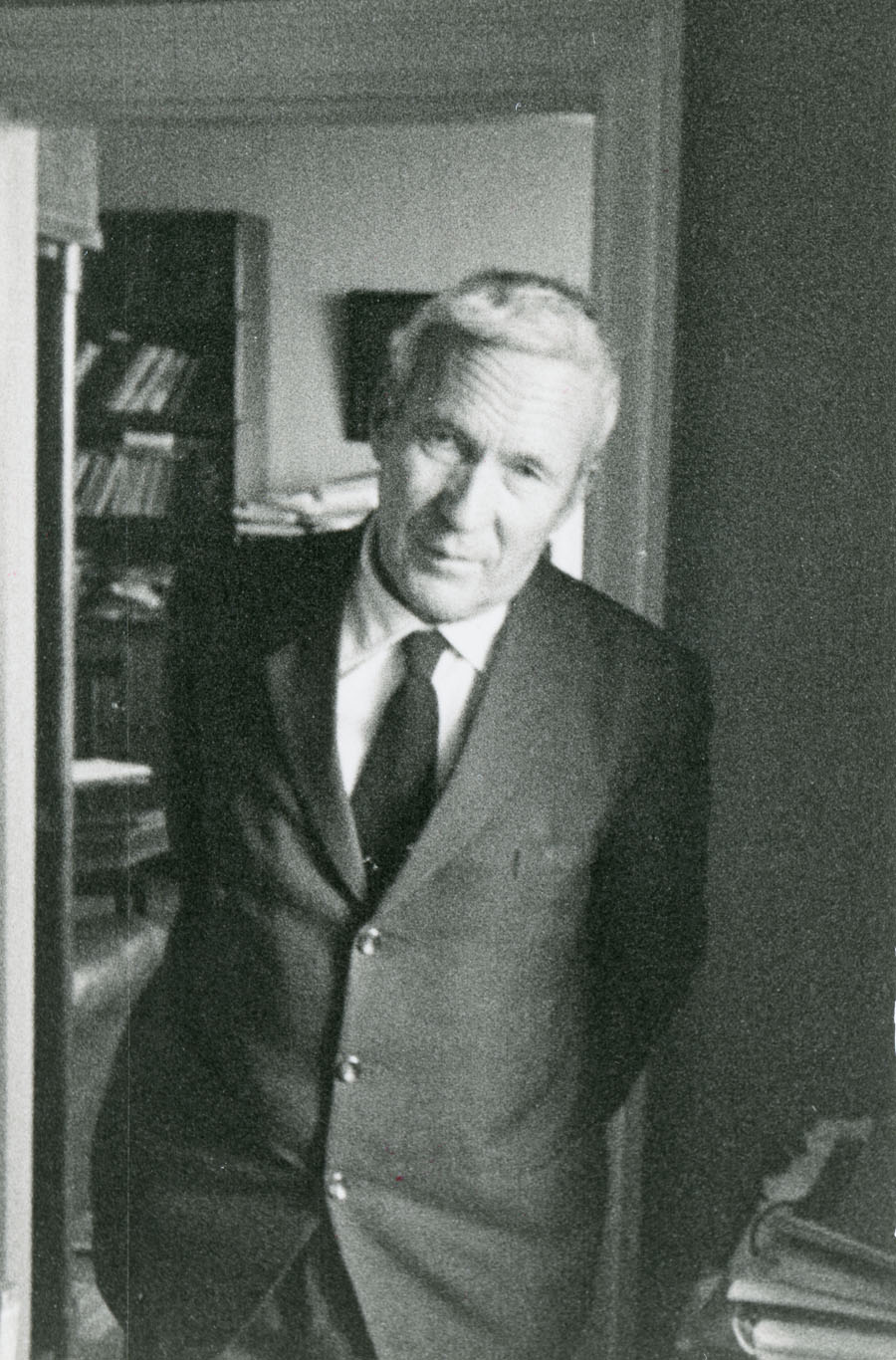
Probabilist Andrei Kolmogorov (1903-1987) was photographed by Halmos in May of 1965 in Moscow, Russia. Halmos visited mathematicians in Moscow and Leningrad (St. Petersburg) for one month during April and May of 1965 as part of a 1964-65 exchange program between the scientific academies of the U.S. and U.S.S.R. that sent 20 scientists from each country to the other. From 1922 to 1925, as an undergraduate at Moscow State University, Kolmogorov became internationally known for his papers in classical analysis, and in 1925 he published his first paper on probability, the field to which he would make seminal contributions throughout his career. He earned his Ph.D. in 1929 from Moscow State University under advisor Nikolai Luzin (as part of a group of students who called themselves “Luzitania”), then set to work on Markov processes, then foundations of probability, then applications of probability to turbulence and planetary motion. Besides analysis and probability, he also worked in logic, topology, and dynamical systems. According to the Mathematics Genealogy Project, he advised 76 Ph.D. students at Moscow State University, three at the Steklov Mathematical Institute (where he was head of the department of probability and statistics), one at Stockholm, and one at M.I.T. (Sources: MacTutor Archive, Mathematics Genealogy Project)
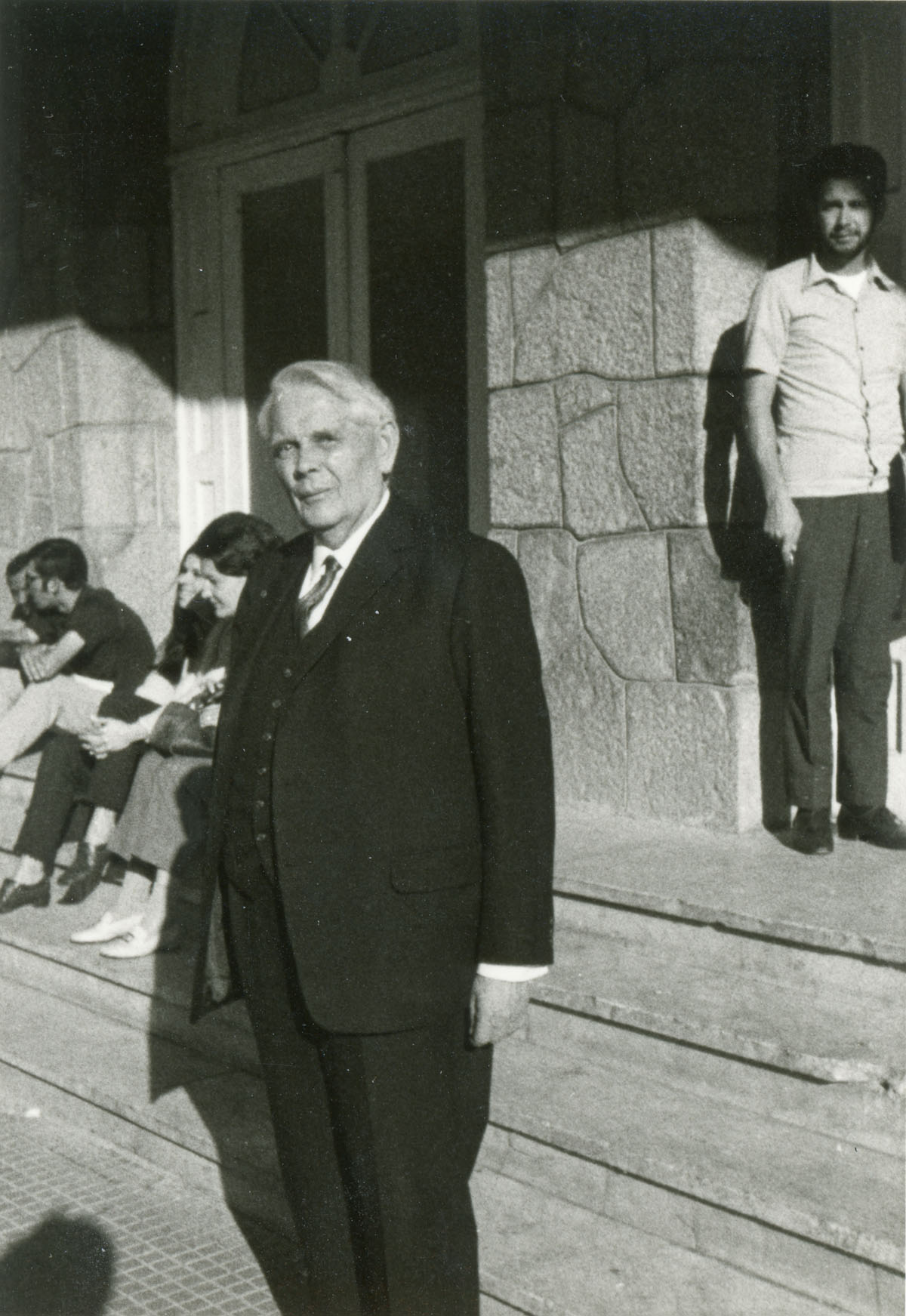
Halmos photographed Wolfgang Krull (1899-1971) in July of 1969 at the Seventh Brazilian Mathematics Colloquium in Poços de Caldas, Brazil. Krull began his studies at the University of Freiburg, but studied with Felix Klein and Emmy Noether at the University of Göttingen during 1920-21, before earning his Ph.D. at Freiburg in 1922. According to O’Connor and Robertson of the MacTutor Archive, “[M]uch of modern ring theory is still following the path which Krull took, building on the foundations which Emmy Noether had laid.” Primarily a ring theorist, Krull also worked in group theory and extended Galois theory to infinite field extensions. He is the “Krull” of the Krull dimension of a ring and the Krull-Schmidt theorem for decomposing abelian groups. He remained on the faculty at Freiburg until 1928, when he moved to the University of Erlangen. He advised at least 41 Ph.D. students, the first seven at the University of Erlangen and, beginning in 1939, the rest at the University of Bonn. (Source: MacTutor Archive, Mathematics Genealogy Project)
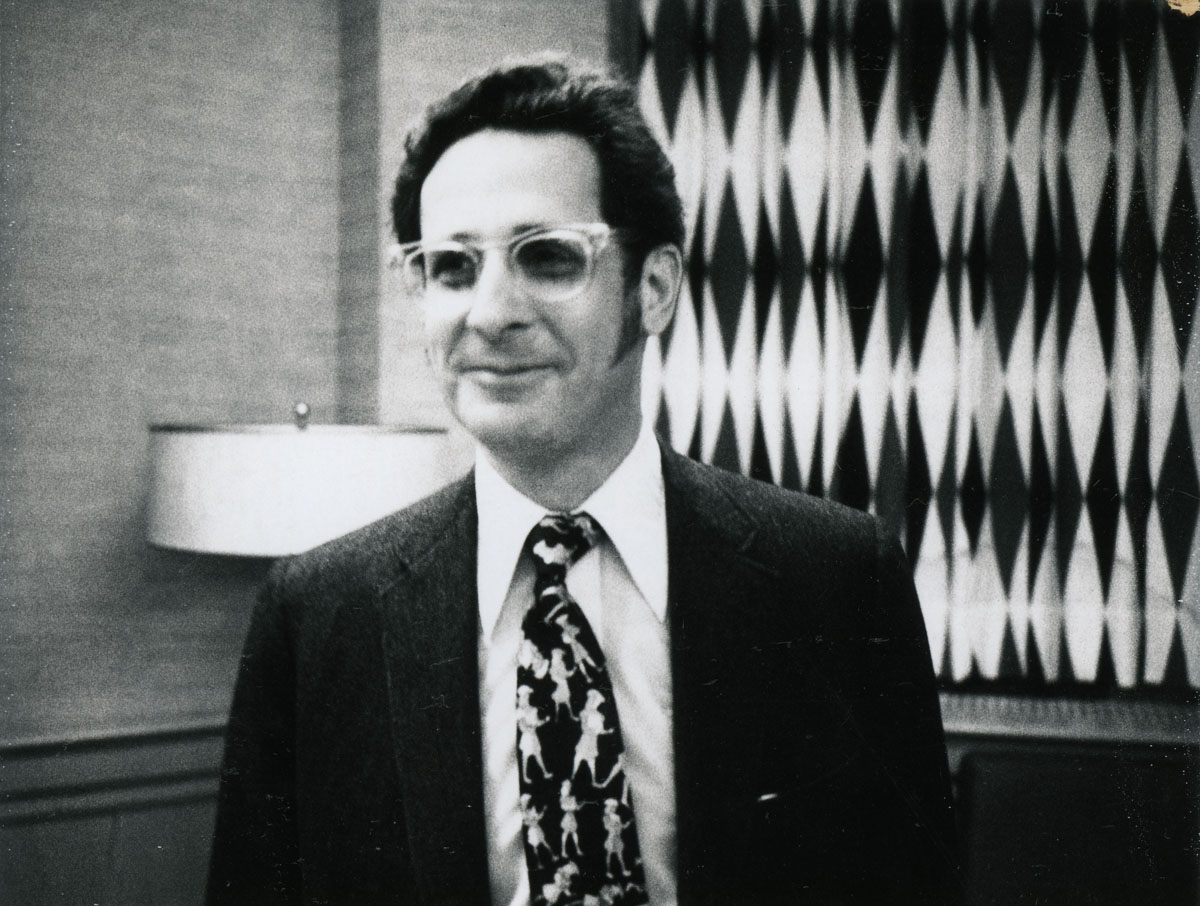
Halmos photographed Martin Kruskal (1925-2006) on January 17, 1975, at Indiana University in Bloomington, where Halmos was on the faculty at the time. Kruskal earned his Ph.D. in 1952 from New York University with the dissertation, “The Bridge Theorem for Minimal Surfaces,” written under Richard Courant (pictured on page 10 of this collection) and Bernard Friedman. From 1951 to 1964, he did plasma physics research in “Project Matterhorn,” which in 1961 became the Princeton Plasma Physics Laboratory. From 1959 to 1989, he also was an astrophysics professor at Princeton and, from 1968 to 1989, a mathematics professor and director of the applied mathematics program there. In 1989, when he became an emeritus professor at Princeton, he accepted the David Hilbert Chair of Mathematics at nearby Rutgers University in New Brunswick, New Jersey. As a mathematical physicist and applied mathematician, he not only discovered the nonlinear waves he dubbed “solitons” but also solved the nonlinear PDEs describing them. (Sources: Rutgers University Department of Mathematics, MacTutor Archive, PPPL History)
For an introduction to this article and to the Paul R. Halmos Photograph Collection, please see page 1. Watch for a new page featuring six new photographs each week during 2012.
Regarding sources for this page: Information for which a source is not given either appeared on the reverse side of the photograph or was obtained from various sources during 2011-12 by archivist Carol Mead of the Archives of American Mathematics, Dolph Briscoe Center for American History, University of Texas, Austin.
Janet Beery (University of Redlands) and Carol Mead (Archives of American Mathematics, University of Texas, Austin), "Who's That Mathematician? Paul R. Halmos Collection - Page 28," Convergence (January 2012), DOI:10.4169/loci003801




